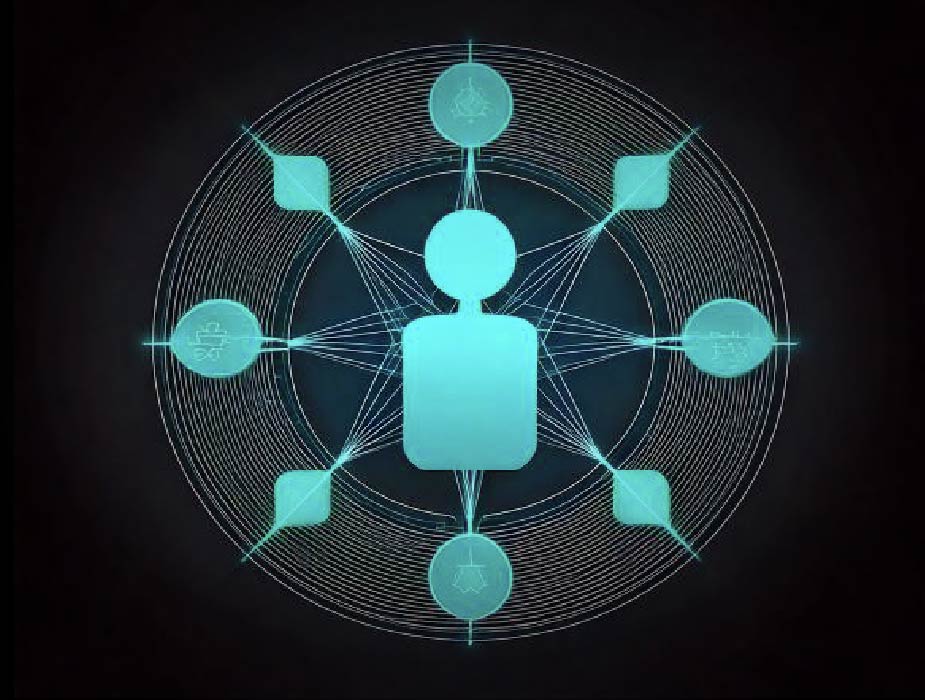Join our newsletter



Today’s CIOs must go beyond technical skills to master more nuanced abilities, such as conflict resolution, strategic foresight, and building a strong personal brand.
As the IT landscape evolves, the saying “What got you here won’t get you there” holds true, especially for CIOs. According to executive coach Marshall Goldsmith’s well-known advice, today’s successful CIOs need more than just technical skills, cybersecurity expertise, or a knack for driving innovation. To thrive in this high-stakes role, CIOs must develop a variety of intangible skills that go beyond what can be easily quantified or taught in a traditional training session.
Christie Struckman, Research Vice President at Gartner, emphasizes this shift by noting, “CIOs need to be executives first and functional leaders second.” This approach signifies a departure from the purely functional role to one that requires a balance of technical leadership and executive responsibilities. The skills needed today are not the kind that can be picked up through a quick workshop; they demand emotional intelligence, a strategic outlook, and the ability to effectively navigate complex organizational dynamics.
Being a successful CIO now involves becoming adept at managing change, fostering relationships across different business units, and understanding how to translate technical initiatives into broader business strategies. The modern CIO must also inspire teams and influence company culture, which requires insight into human behavior and an ability to foster a shared vision.
To remain effective, influential, and consistent, CIOs must develop skills that are not easily measured but are critical for sustained leadership success. These intangible skills form the backbone of a solid leadership style that prioritizes executive presence, empathy, strategic agility, and, overall, keen problem-solving skills.
Here are six key intangible soft skills that every successful CIO should focus on developing to meet the demands of today’s rapidly changing IT environment:
No one naturally jumps into conflict management enthusiastically, but it’s an unavoidable part of an effectively run organization. With their cross-departmental visibility, CIOs can often mediate conflicts and align diverse perspectives.
Christie Struckman emphasizes that a well-structured organization thrives on healthy conflicts. “You want diversity of opinion, but you need a way to resolve them constructively,” she says.
Ian Pitt, CIO of Progress Software, shares his experience: “I often have to act like a hostage negotiator, bringing together engineers, salespeople, marketing, and legal to find common ground. Engineers want to build; sales want to sell; marketing wants a strong story; and legal wants everything to be compliant. As the CIO, it’s my job to ensure IT can deliver while keeping everything secure.” Pitt notes that while conflict management is complex, it keeps the role dynamic: “No day is boring.”
Most people understand *change management*—helping users adopt new systems or processes. But *change leadership* goes further. It’s about inspiring people to embrace change proactively, navigating through resistance, and co-leading transformations across the organization.
As Struckman explains, it’s one thing to announce a change; it’s another to lead people through it with motivation and clarity. CIOs must communicate the “why” behind changes and get buy-in from all levels of the organization.
Kelly Held, CIO of Extu, describes this as “problem avoidance,” noting that great leaders anticipate obstacles before they arise. During Extu’s rebranding process, Held and his team brainstormed potential risks, which allowed them to manage the transition more smoothly. “We expected problems, but because we prepared, it was less bumpy than anticipated.”
With AI and tools like ChatGPT providing instant answers, critical thinking has become more important than ever. CIOs must not only analyze information but also ask the right questions to make informed decisions.
Teresa Ramos, executive coach at the Institute of Coaching at McLean Hospital, notes, “Critical thinking helps CIOs determine whether a solution is relevant, truthful, and beneficial.” Mike Shaklik, global head of CIO advisory at Infosys Consulting, agrees: “CIOs who listen well and ask better questions can drive more impactful strategies. Asking the right questions uncovers insights that can transform business outcomes.”
Strategic thinking isn’t reserved for annual retreats. It should be a continuous process across departments and throughout the year. CIOs have unique opportunities to support business goals by connecting IT strategies to broader organizational objectives.
For example, a CIO can collaborate with the finance department on adapting to new legislation, not just from a technical perspective but by thinking about how changes could impact revenue, investments, and overall strategy. As Struckman puts it, “Every conversation is an opportunity for strategic thinking.”
Much of today’s technology development occurs outside of IT, but CIOs are still expected to understand and integrate everything into a cohesive system. Since they often lack direct authority over external tech initiatives, successful CIOs build relationships and influence across departments.
“Trust is key,” says Struckman. “It’s elusive but powerful.” Mike Shaklik observes that today’s top CIOs have spent time honing their ability to influence, and building connections across business and IT. “They’re not just technologists—they’re business-savvy, curious, and charming. That combination helps them build relationships that give them a seat at the table.”
CIOs must also consider how IT is perceived within the organization. “It’s not about constantly selling yourself, but highlighting what’s important to your audience,” says Ian Pitt. He advocates for a strategy called “rolling thunder,” where IT leaders consistently share small wins to keep the team’s successes top of mind. “When something goes wrong, people will remember the good work IT has done.”
Externally, personal branding is equally important. Pitt suggests that CIOs who don’t network, attend conferences, or engage with peers may struggle to move beyond an “IT manager” role. Building an external reputation through speaking engagements, panels, or industry discussions can open doors and advance careers.
The modern CIO role is more demanding and diverse than ever before. Success isn’t just about managing IT infrastructure—it’s about leading change, resolving conflict, thinking critically, and building influence across the business. As today’s CIOs embrace these intangible skills, they position themselves as indispensable business leaders, capable of driving not just technology, but the organization's future.